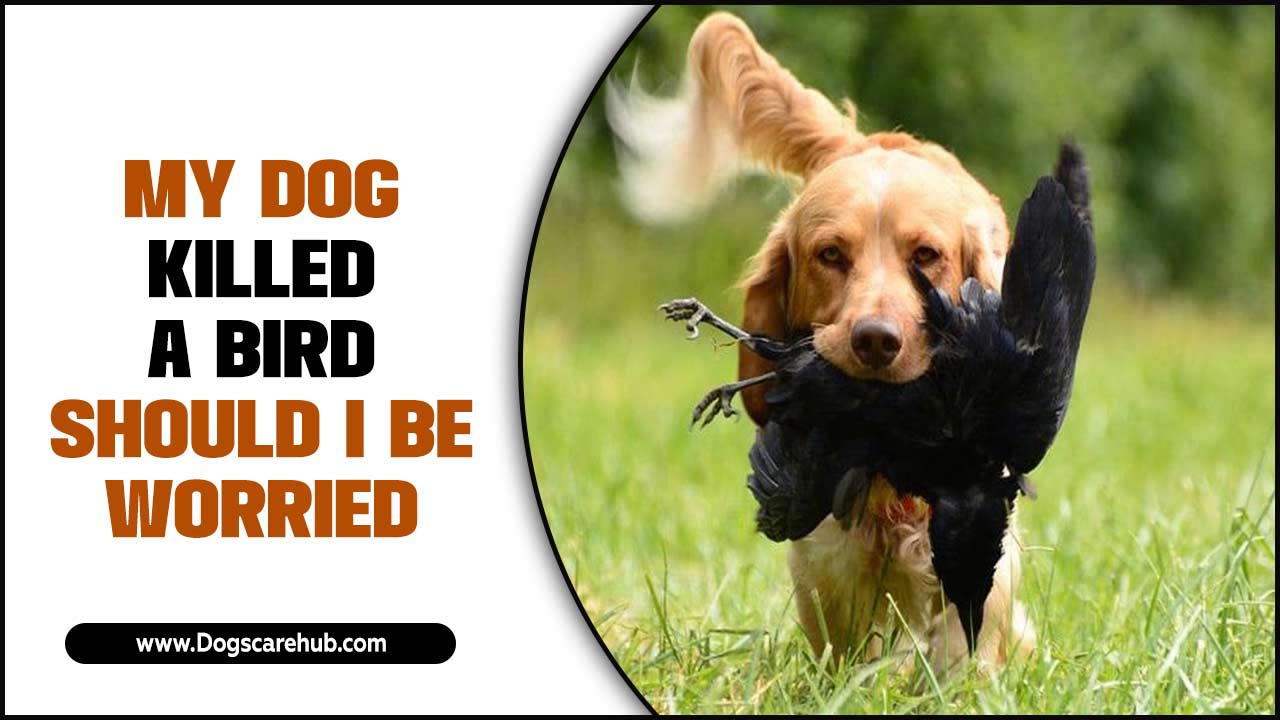Dog Marking Territory at Home: Expert Tips
Dog marking territory at home is a natural behavior that can be confusing and frustrating for pet owners. While it might seem like a deliberate act of rebellion, it’s crucial to understand that this instinct stems from a dog’s primal need to communicate and establish their presence. Understanding the root causes of territorial marking is the first step towards managing and, ideally, eliminating it. This article will delve into why your dog might be marking, the different types of marking, and most importantly, provide expert-backed strategies to help you regain control of your home.
Understanding the “Why” Behind Dog Marking Territory at Home
Dogs use scent as their primary language. When they deposit urine or feces in specific locations, they’re essentially leaving behind a scent message for other animals – and sometimes even other humans – to interpret. This scent communication can convey a variety of information, including:
Presence and Identity: “I was here, and this is who I am.”
Ownership: “This is my space, my belongings (like your favorite armchair!), and even you are mine.”
Emotional State: Stress, anxiety, or excitement can trigger marking behavior.
Social Hierarchy: In a multi-dog household, marking can be a way to establish dominance or signal submission.
Medical Issues: Sudden onset of marking can sometimes be an indicator of underlying health problems.
It’s important to differentiate between true territorial marking and other forms of inappropriate elimination. Inappropriate urination can occur due to lack of housetraining, fear, or medical conditions. Territorial marking, however, is usually intentional and targeted at specific areas.
Types of Marking Behavior
Generally, you’ll see two main types of marking in the home:
Urine Marking: This is the most common form. It involves small amounts of urine deposited on vertical surfaces like furniture legs, doorways, or walls. It’s often referred to as “spraying.”
Fecal Marking: Less common inside the home, this involves defecating in a specific spot, often in a prominent location, to signal ownership or presence.
Common Triggers for Dog Marking Territory at Home
Several factors can contribute to your dog feeling the need to mark their territory:
New Arrivals: Introducing a new pet or even a new person into the household can disrupt the established scent landscape, prompting your dog to re-establish their scent markers.
Changes in Routine: A shift in your dog’s daily schedule, such as changes in feeding times, walk frequency, or your absence, can cause anxiety and lead to marking.
Unfamiliar Smells: Bringing home new furniture, letting guests with pets visit, or even cleaning with strong-scented products can introduce new smells that your dog feels compelled to neutralize with their own scent.
Stress and Anxiety: Separation anxiety, fear of thunderstorms, or general uneasiness about their environment can manifest as marking.
Lack of Neutering/Spaying: Intact male dogs are more prone to marking due to the influence of sex hormones. While spaying/neutering doesn’t always eliminate marking, it often reduces it significantly.
Seeking Attention: In some cases, dogs learn that marking gets a reaction from their owners, even if it’s negative.
Expert Tips for Managing Dog Marking Territory at Home
Now that we understand why your dog might be marking, let’s explore effective strategies to address this behavior:
1. Rule Out Medical Causes First
Before considering behavioral issues, always consult with your veterinarian. Urinary tract infections, bladder stones, kidney disease, diabetes, and even cognitive dysfunction in older dogs can all lead to increased urination and altered elimination habits. A thorough veterinary examination is paramount.
2. Address the Neutering/Spaying Question
If your dog is not yet spayed or neutered, discuss the benefits with your vet. For intact male dogs, neutering can drastically reduce, and sometimes eliminate, marking behaviors driven by hormonal urges.
3. Thoroughly Clean Marked Areas
This is a critical step often overlooked. Dogs are drawn back to areas where they’ve previously marked because the scent is still detectable to them, even if you can’t smell it. Use an enzymatic cleaner specifically designed for pet stains. These cleaners break down the organic molecules in urine and feces, effectively eliminating the odor. Avoid ammonia-based cleaners, as they can smell like urine to dogs and actually encourage more marking.
4. Manage Your Dog’s Environment
Limited Access: When you can’t supervise your dog, restrict their access to areas where they tend to mark. Use baby gates, close doors, or crate train your dog.
Supervision: When your dog is free-roaming, keep a close eye on them, especially in areas that have been previously marked.
Leash Indoors: Consider using a leash indoors for a period to keep your dog tethered to you. This allows for easier supervision and immediate correction if they start showing signs of marking.
5. Positive Reinforcement and Training
Reward Potty Success: Lavishly praise and offer high-value treats whenever your dog eliminates in the appropriate place (outside or on a designated potty pad).
Interrupt and Redirect: If you catch your dog in the act of marking, interrupt them with a sharp, distinct sound (like a clap or a hiss – not yelling, as this can scare them). Immediately take them outside to their designated potty spot and praise them if they finish there.
Teach “Leave It” or “Out”: These commands can be useful for redirecting your dog if they are sniffing or showing other preliminary signs of marking.
6. Create a Predictable Routine
Dogs thrive on routine. Regular feeding times, consistent potty breaks (especially after waking, eating, and playing), and predictable play and exercise schedules can help reduce anxiety and the need to mark.
7. Address Underlying Anxiety
If you suspect your dog’s marking is due to stress or anxiety (separation anxiety, fear, etc.), you’ll need to address the root cause. This may involve:
Desensitization and Counter-Conditioning: Gradually exposing your dog to their triggers while pairing them with positive experiences.
Enrichment: Providing plenty of mental and physical stimulation through puzzle toys, training sessions, and varied exercise.
Calming Aids: In some cases, your vet might recommend pheromone diffusers, calming supplements, or in severe cases, medication for anxiety.
* Professional Help: A certified professional dog trainer or a veterinary behaviorist can be invaluable in diagnosing and treating anxiety-related marking.
8. Scent Deterrents
While not a standalone solution, using dog-appeasing pheromone diffusers in areas prone to marking can sometimes help to create a more calming environment. You can also try scent deterrent sprays (testing them on an inconspicuous area first to ensure they don’t stain).
Consistency is Key
Managing dog marking territory at home requires patience, consistency, and understanding. There’s no magic bullet, and it often involves a multi-pronged approach. By identifying the cause, thoroughly cleaning marked areas, managing your dog’s environment, and employing positive reinforcement training, you can significantly reduce and often eliminate this frustrating behavior, restoring peace and cleanliness to your home.
Meet Elyse Colburn, the devoted canine companion and storyteller behind the enchanting world of “Tales, Tails, and Adventures Unleashed.” A passionate dog enthusiast with a heart full of paw prints, Elyse Colburn shares heartwarming tales and insightful adventures, celebrating the joy, loyalty, and endless antics that make every dog a true hero. Join Elyse Colburn on this tail-wagging journey, where every post is a love letter to our four-legged friends.






